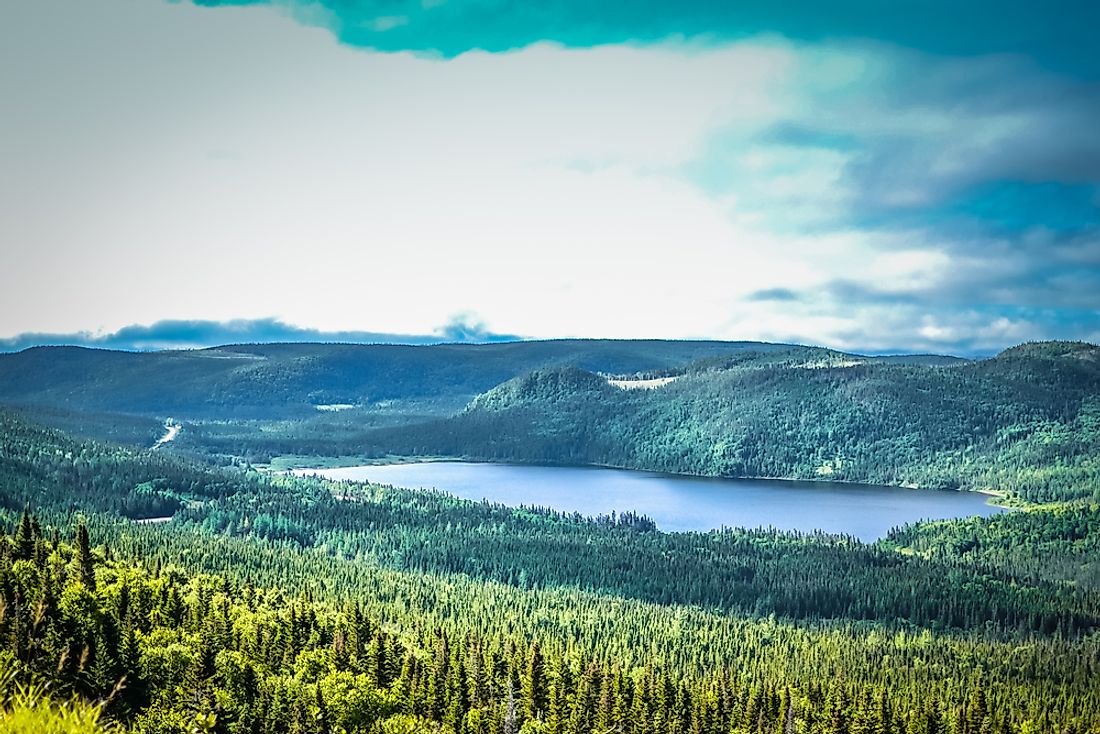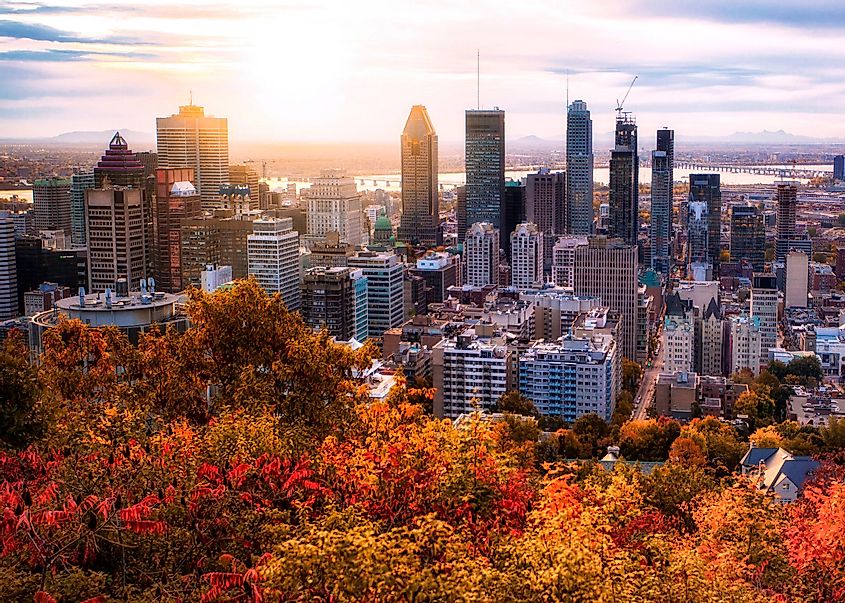Who Owns All The Land In Canada?

Canada is situated in the northern portion of the continent of North America. It is the second-largest country in the world by total area, covering approximately 3.85 million square miles. Canada is subdivided into 10 provinces and three territories. It is one of the most highly urbanized countries in the world with about 82% of the population living in large and medium-sized cities. The capital of Canada is Ottawa while the largest metropolitan areas include Toronto, Montreal, and Vancouver. Canada is both a constitutional monarchy and a federal parliamentary democracy with the Queen as the head of state, represented by a governor general, and a prime minister who manages the Canadian government with Parliament authority. Economically, Canada is highly developed and has the fifth-highest nominal per capita income in the world.
Geography Of Canada

Canada occupies the larger portion of the continent of North America. It shares its land borders with the United States. The country extends from the Atlantic Ocean in the east to the Pacific and Arctic Oceans to the west and north respectively. Canada’s coastline is the longest in the world at 151,019 miles and its border with the US is also the longest in the world, stretching about 5,525 miles. The country covers a total area of approximately 3.85 million square miles, accounting for approximately 41% of the continent. Canada boasts the highest number of lakes in the world at 2 million, with 563 lakes covering an area of more than 39 square miles. Most of the lakes are freshwater lakes.
Canada experiences a diverse climate, varying from temperate to subarctic. The extreme northern part of the country may have snow for the better part of the year with its polar climate. Areas without access to a water body experience warm summer continental climate zone. Some of the western parts of Canada experience a semi-arid climate.
Population
As of 2021, Canada had a population of 37.7 million. The country’s population grew by over 1.7 million between 2011 and 2016, with immigrants accounting for over 60% of the increase. Canada has one of the highest per-capita immigration rates in the world as a result of strong economic policy and robust safety nets for its population such as universal healthcare. Given how vast the country is and its comparatively tiny population, the population density of Canada is at 9.6 inhabitants per square mile. About 80% of the population lives in the urban areas of Canada.
So, Who Owns Canada?
The land of Canada is solely owned by Queen Elizabeth II who is also the head of state. Only 9.7% of the total land is privately owned while the rest is Crown Land. The land is administered on behalf of the Crown by various agencies or departments of the government of Canada. The Canadian Act has no provision for any Canadian to own physical land in Canada. Canadians can only own an interest in an estate. Of the land owned by the Queen, 50% is administered by the provincial governments and the rest by the federal government. The Crown Land administered by the federal and provincial governments can be defined as land not assigned in freehold tenure. The land in Canada is mainly used as national parks, forests, private homes, and agriculture.







